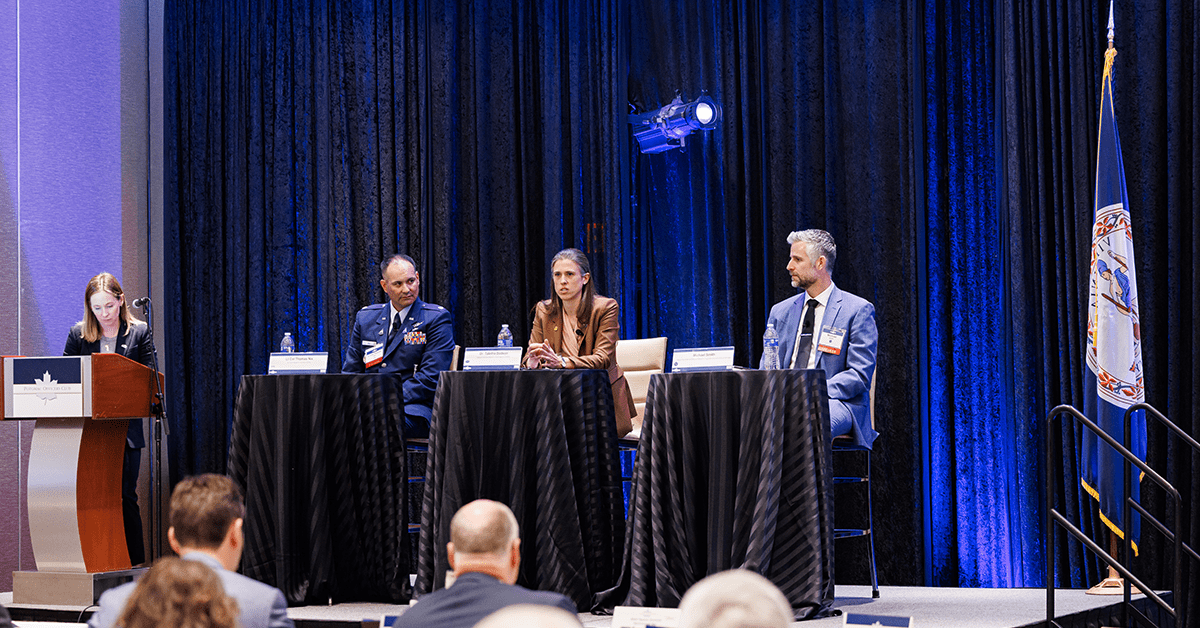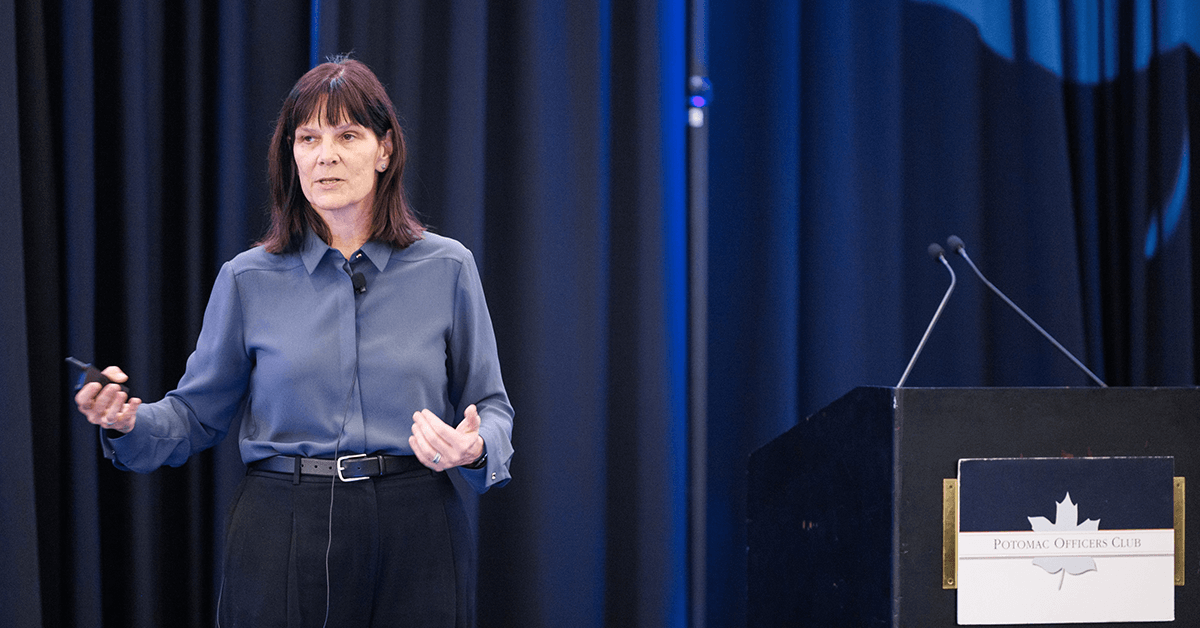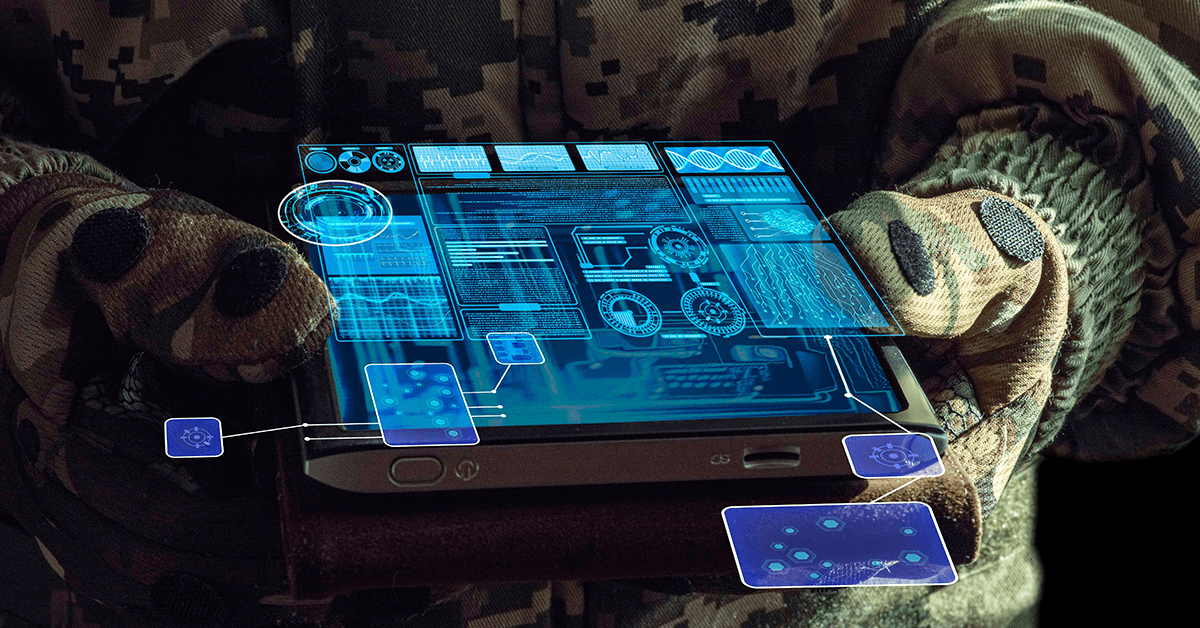In the challenging environment of space, “nuclear answers the mail on some serious operational problems,” according to Michael Smith, nuclear portfolio lead for operational energy-innovation within the Office of the Under Secretary of Defense for Acquisition and Sustainment.
During a panel discussion at the Potomac Officers Club’s 2024 Space Summit last week, he emphasized the challenging nature of the space domain, which limits or eliminates opportunities for the maintenance of distant technologies. Since these entities are so far from earth’s surface, they must be able to generate the power they need to support their full lifecycle.
One way the Department of Defense is attacking these difficulties is through radioisotope power systems, a nuclear technology that generates electric power for spacecraft using heat. These systems are capable of carrying out this function throughout extended periods in harsh environments that could render typical sources of power useless.
Lt. Col. Thomas Nix, space nuclear power lead and senior military advisor for the Spacecraft Technology Division within the Air Force Research Laboratory, shared that in 2021, the AFRL conducted studies in which they explored the state of RPS technologies and their military applications.
Now that this research has been funded, said Nix, the organization is focused on how these systems can be scaled down while maintaining heat and disposing of waste heat. The AFRL is also looking into how these aspects of RPS technologies would impact the sensors.


Smith is confident in current RPS capabilities. The next steps to their deployment, he said, is justifying their use over other types of power systems, such as solar panels.
“We know radioisotopes get hot. We know how to convert that thermal energy into electricity, and we know that this has been used for decades effectively to support multi-billion dollar initiatives in space that have taught us more about our own solar system than we could have ever learned without it, he said.
Now, the “questions that we have to answer” is where it should be used, according to Smith.
Another DOD nuclear power initiative is the Defense Advanced Research Projects Agency’s Demonstration Rocket for Agile Cislunar Operations program, or DRACO, which aims to successfully demonstrate a nuclear thermal rocket engine.
Dr. Tabitha Dodson, program manager for the DRACO project, noted efficiency as a major benefit of using this type of engine.
“Because that nuclear reactor is burning very hot and it doesn’t require combustion, you can send simple molecular hydrogen through that, which is the smallest molecular gas that you can send through a rocket nozzle, and therefore you have your highest efficiency way to get in and in and around space,” she explained.
DRACO also intends to help people understand uses of nuclear systems and fuel and the safety of these technologies, Dodson said.
OUSD (A&S), said Smith, is working to identify military use cases for emerging nuclear technologies on a broad scale.


The Potomac Officers Club’s next all-day event, the 5th Annual Artificial Intelligence Summit on March 21, will dive into the challenges and opportunities that AI presents for the federal government. Click here to register for the event and hear key leaders in the field share their insights on this emerging technology.








